
"EASY"Philippines Birding Tour
-
- For Custom Tours only.
- (16 days, maximum 7 people)
- This Birding tour covers 4 Islands. Luzon, Bohol, Mindanao(Mt.Kitanglad) & Palawan.
-
Day 1 Arrival and overnight in Manila.
-
Day 2 Early morning departure from Manila with birding at Candaba Marsh on route to Subic Bay-aftenoon Birding at Subic Bay.
Birding around the marshes at Candaba gives us the best chance of finding Philippine Duck, Philippine Swamphen, Eastern Grass-Owl, Cinnamon Bittern and Oriental Pratincole.
-
Day 3 Full day at Subic Bay
Subic Bay is one of the very last remaining lowland forests on Luzon within an old American Naval Base. This splendid site holds about 140 bird species. We shall explore these extensive lowland forests along roads and a few trails. It gives us an excellent opportunity to look out for White-fronted Tit and Green Racquet-tail, two birds that are hard to find elsewhere. We shall also keep an eye open for White-lored Oriole. Most of the time we will be birding along good roads looking out for Philippine Green-Pigeon, Blue-naped Parrot, Rufous Coucal, Blackish Cuckoo-shrike, Northern Sooty Woodpecker, Luzon Flameback, Stripe-headed Rhabdornis and Trilling Tailorbird. Subic also gives us the chance for some excellent nightbirds like Philippine Scops-Owl, Luzon Hawk-Owl or even the Chocolate Boobook. And with some luck the mighty Philippine Eagle-Owl may show. So plenty of birds to look out for!.
-
Day 4 Morning departure from Subic Bay - birding at La Mesa Eco Park on route to Mt. Makiling – afternoon birding at Mt.Makiling Forest Reserve.
We will spend a whole morning birding at the La Mesa Eco Park, a bird heaven in the heart of Quezon City in Manila. It has become the best site to see the Ashy Thrush as it has at least few territories within the Park. Arriving early in the morning gives the best chance to see the thrushes. Aside from the thrushes, the Park also holds Hooded Pitta. These would be the main targets for birding in the Park. Other target species include the Lowland White-eyes, which are very commonly seen. The La Mesa Eco Park is also a great spot for migrating and wintering birds and the list is still growing. Some migrants that have been recorded in the park include Scaly Ground Thrush and Pechora Pipit. The park also holds more bird species including Slaty-legged Crake, Plain Bush-hen, Philippine Coucal. The Indigo-banded Kingfisher and the Collared Kingfisher are very common. Philippine Pygmy Woodpeckers are commonly heard and seen as well as White-breasted Wood-swallow , Philippine Pied Fantail. The Philippine Magpie-Robin and Grey-backed Tailorbird are also targets that can be seen here, as well as the Mangrove (Philippine) Flycatcher. There are so many possibilities for a nice morning birding at La Mesa Eco Park in Quezon City.
-
Day 5 All day birding at Mt.Makiling.
The university campus grounds of Los Banos at the base of the well-forested Mount Makiling. Here we shall try pre-dawn for Philippine Scops-Owl and Luzon Hawk-Owl. And at dawn the Spotted Wood-Kingfisher will give its calls. As we slowly make our way up the mountain we will be looking out for Scale-feathered Malkoha, Red-crested Malkoha, Luzon Hornbill, Philippine Trogon, White-browed Shama and, if we are lucky enough, Luzon Bleeding-heart. At the campus ground we will be searching for the Indigo-banded Kingfisher along the stream and check the trees for Lowland White-eye. We will keep our eyes open for Spotted and Barred Buttonquail in the surrounding grasslands.
-
Day 6 Early morning flight to Tagbilaran and transfer to Bilar with birding in the afternoon at Rajah Sikatuna.
-
Day 7 Birding at Rajah Sikatuna and surrounding areas.
Rajah Sikatuna Park near the famous Chocolate Hills offers many trails that gives us the opportunity to enter the forest and search for a very nice selection of forest birds like Philippine Trogon, Rufous-lored (Winchell's) Kingfisher and Samar Hornbill. This is also the best spot to encounter the most extraordinary Azure-breasted (or Steere’s) Pitta, the exceedingly-beautiful Visayan Wattled Broadbill, Philippine Fairy-bluebird and Yellow-breasted Tailorbird (another Visayan specialty). Streaked-ground Babbler is a must here as is Black-crowned Babbler. At night we will look for Everett's Scops-Owl, Luzon Hawk-Owl and Philippine Frogmouth. We will need two full days to explore this wonderful Park.
-
Day 8 Morning birding at Rajah Sikatuna - afternoon ferry to Cebu City for overnight stay
-
Day 9 Early morning flight to Cagayan De Oro and transfer to Mt.Kitanglad with birding in the afternoon.
-
Day 10 and 11 Birding two full days at Mt. Kitanglad.
Mt. Kitanglad is one of the most popular birding destinations in the Philippines and is well known as the best site for the Philippine Eagle, probably the main target bird for anyone visiting the Philippines. Here we have an excellent opportunity to encounter the eagle which is one of the biggest raptors in the World. With the help of our local guide we shall explore the mountain forest over the next few days. The mountain holds most of the Mindanao montane endemics. The area around our camp gives the best chance of finding Hombron's Kingfisher in the early morning. In the surrounding forest we should find Black-and cinnamon Fantail, Yellow-bellied Whistler, Sulphur-billed Nuthatch, Stripe-breasted Rhabdornis, Grey-hooded Sunbird and Red-eared Parrotfinch. As we make our way to the higher levels we will be looking out for McGregor’s Cuckoo-Shrike, White-cheeked Bullfinch, Apo Myna, Apo Sunbird, Mountain Shrike and Mindanao White-eye. At night we have a good chance to find Philippine Frogmouth and we may spot the Giant Scops-Owl. At dusk and dawn we will be looking out for the Bukidnon Woodcock and Philippine Nightjar.
- Day 12 Morning departure from Mount Kitanglad followed by a drive to Cagayan De Oro for our afternoon flight to Manila-overnight stay in Manila.
- Day 13 Early morning flight from Manila to Puerto Princesa on Palawan - Birding on route to Sabang Beach -overnight stay at Sabang Beach
- Day 14 Birding in the early morning at Subterranean river national park- afternoon birding along the forest road.
Subterranean River National Park is truly paradise. This amazing untouched forest next to the sea and its white beaches makes this a favourite destination for many birders, as it also holds most of the Palawan endemics. Within the Park we will be looking for the magnificent Palawan Peacock-Pheasant, Palawan Hornbill, Red-headed Flameback, Palawan Swiftlet, Blue Paradise Flycatcher, Yellow-throated Leafbird, Palawan Blue-Flycatcher, White-vented Shama, Palawan Bulbul, Ashy-fronted Bulbul, Sulphur-bellied Bulbul, Ashy-headed Babbler, the hard to find Falcated Wren-Babbler, Palawan Tit, Palawan Crow, Palawan Flowerpecker, Lovely Sunbird and Pale Spiderhunter. Plenty of other birds can be found within the Park and we will also be searching for some of these specialities along the forest road back towards Puerto Princesa. Night walks will give us the chance to find Palawan Scops-owl and Palawan Frogmouth.
-
Day 15 Birding around Sabang Beach - birding along the road towards Puerto Princesa – afternoon birding along the beach at Puerto Princesa – afternoon Mantanani Scops-owl search.
After our last morning birding around Sabang we will go out looking for Chinese Egrets and waders on the beach near Puerto Princesa. In the afternoon we will take a short boat ride to a small island where we will search for the near-endemic Mantanani Scops-owl.
-
Day 16 Early morning Balsahan Trail - afternoon flight to Manila to connect with international flights or overnight stay in Manila and departure on day 17.
We will set off very early in the morning to reach the Balsahan Trail within the grounds of the Iwahig Penal Farm. This trail leads us through some patches of bamboo before it leads to nice patches of lowland forest. We will concentrate on finding the two specialties of the area: Melodious Babbler and Palawan Flycatcher. The area also holds many species that we can find at our previous destination: Subterranean River National Park at Sabang beach.
Tour costs include
all accommodation throughout the duration of the tour including arrival & departure day; airport transfers on arrival & departure day, vehicle transport,ferries, 5 domestic flights; meals including two beverages for each meal (drinking water provided at all times) and snacks; guiding fees & entrance fees.
Tour cost exclude
international flights; departure tax, travel insurance; alcoholic drinks and any items for personal use.
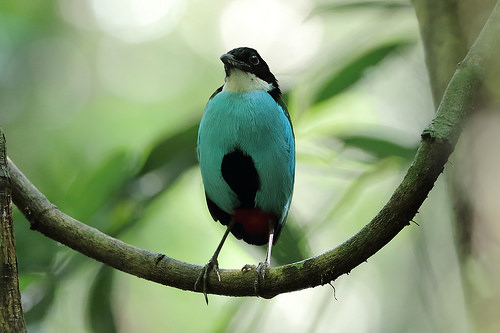
Azure-breasted Pitta on Bohol
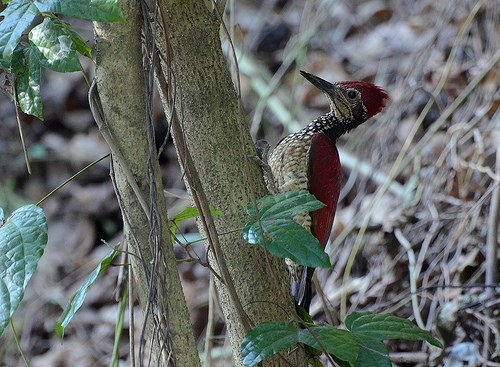
Luzon Flameback from Subic Bay also seen at Mt.Makiling.

Chocolate Boobook several individuals can be seen at Subic Bay
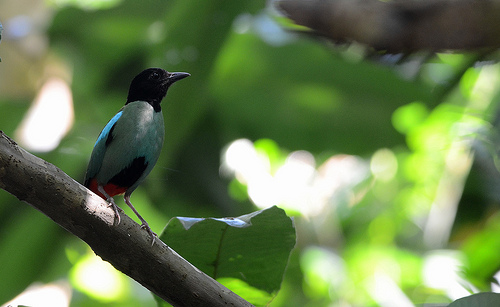
Hooded Pitta at La Mesa Eco Park also rather common on Palawan.
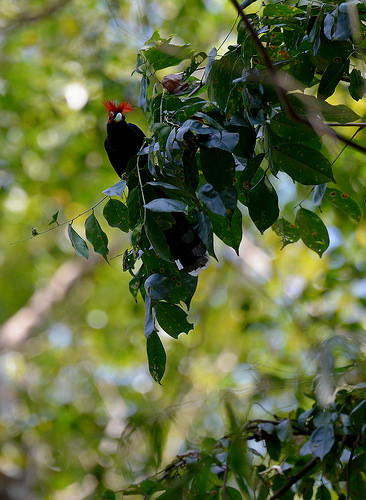
Red-crested Malkoha a bizzare looking Luzon endemic
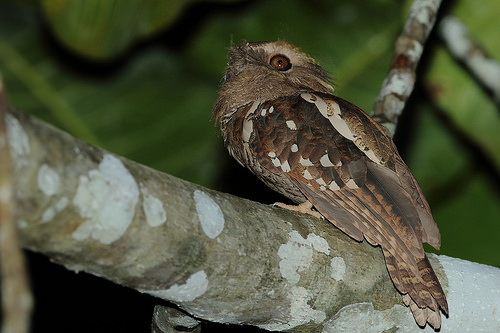
This Philippine Frogmouth on Bohol is also found on Mt.Kitanglad
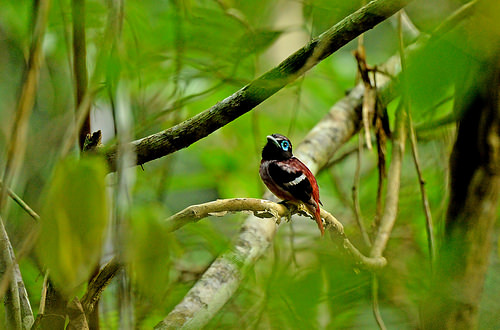
Visayan Wattled Broadbill one of our main targets on Bohol
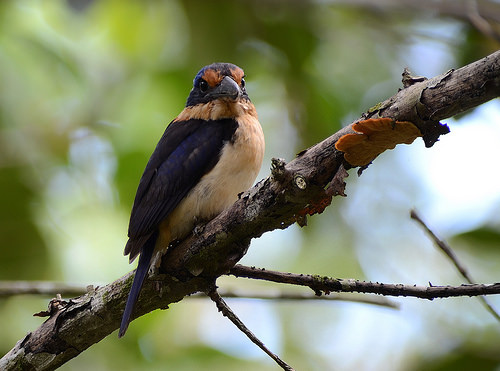
Rufous-lored Kingfisher always gives the best views on Bohol
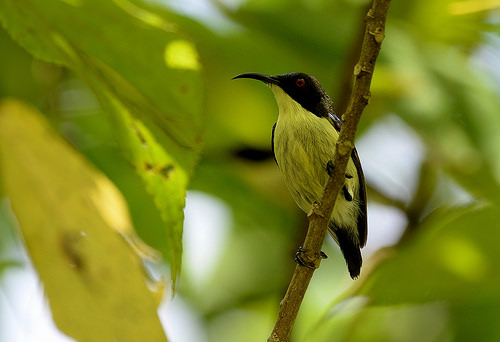
Bohol Sunbird a recent split and now endemic on Bohol
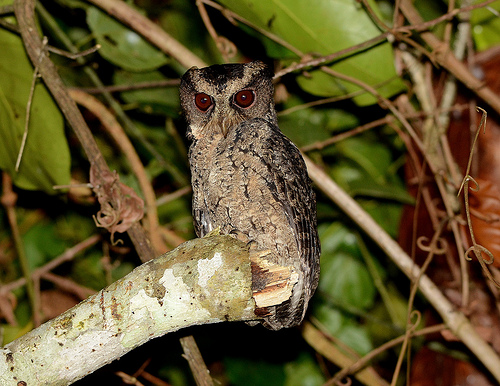
Everett's Scops-owl Bohol is the best place to spot this species
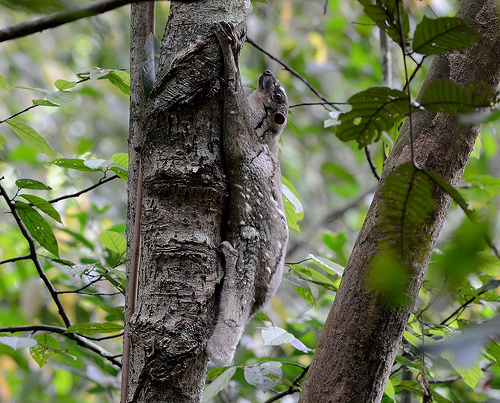
Philippine Colugo can be seen at Rajah Sikatuna mainly at dusk
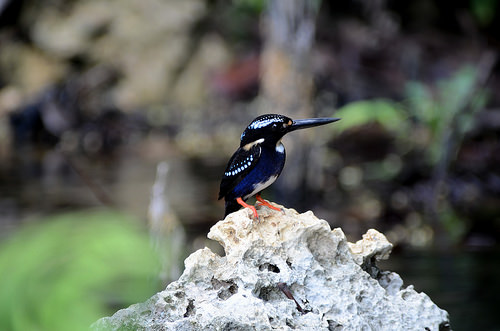
Northern Silvery Kingfisher sure one of the best looking Kingfishers.
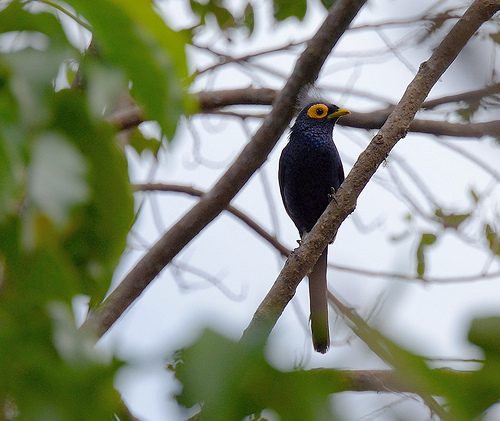
Apo Myna a most see bird on Mt.Kitanglad
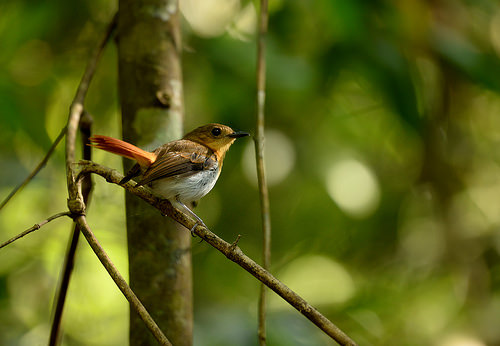
Palawan Flycatcher one of the two main target species on the Balsahan Trail
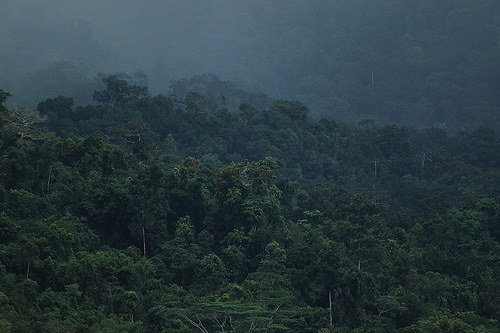
The most intact forests in the Philippines can be still found on Palawan
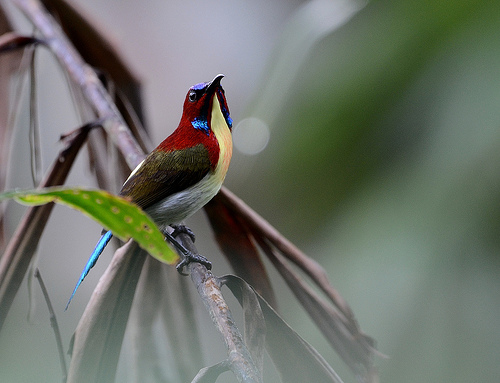
Lovely Sunbird gives very close views while birding on route to Sabang beach
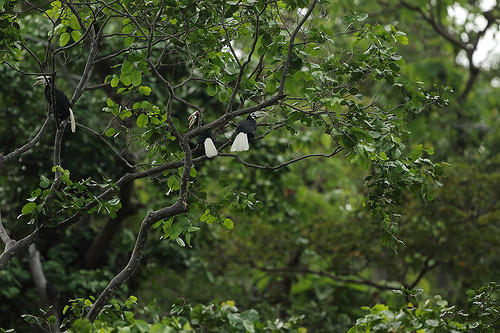
Palawan Horbills seen in a small group at Sabang Beach
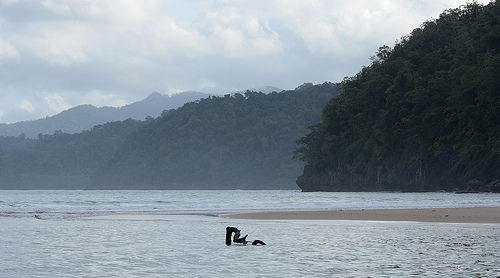
Subteranean River National Park on Palawan
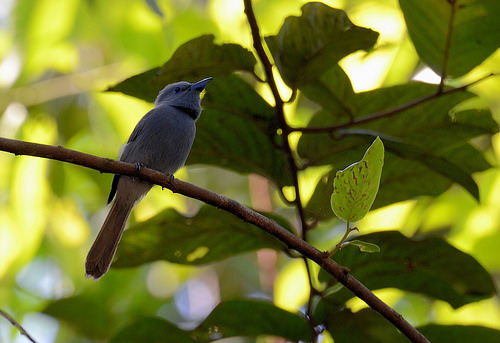
Blue Paradise-flycatcher seen along the road to Sabang Beach
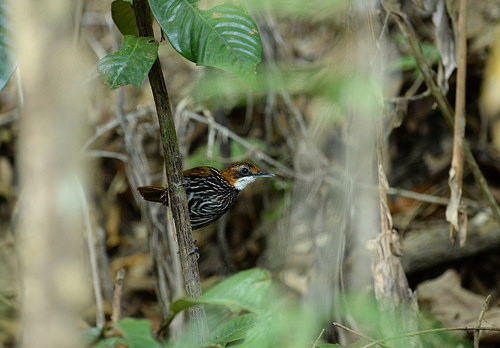
Falcated Ground-babbler another main target endemic on Palawan
